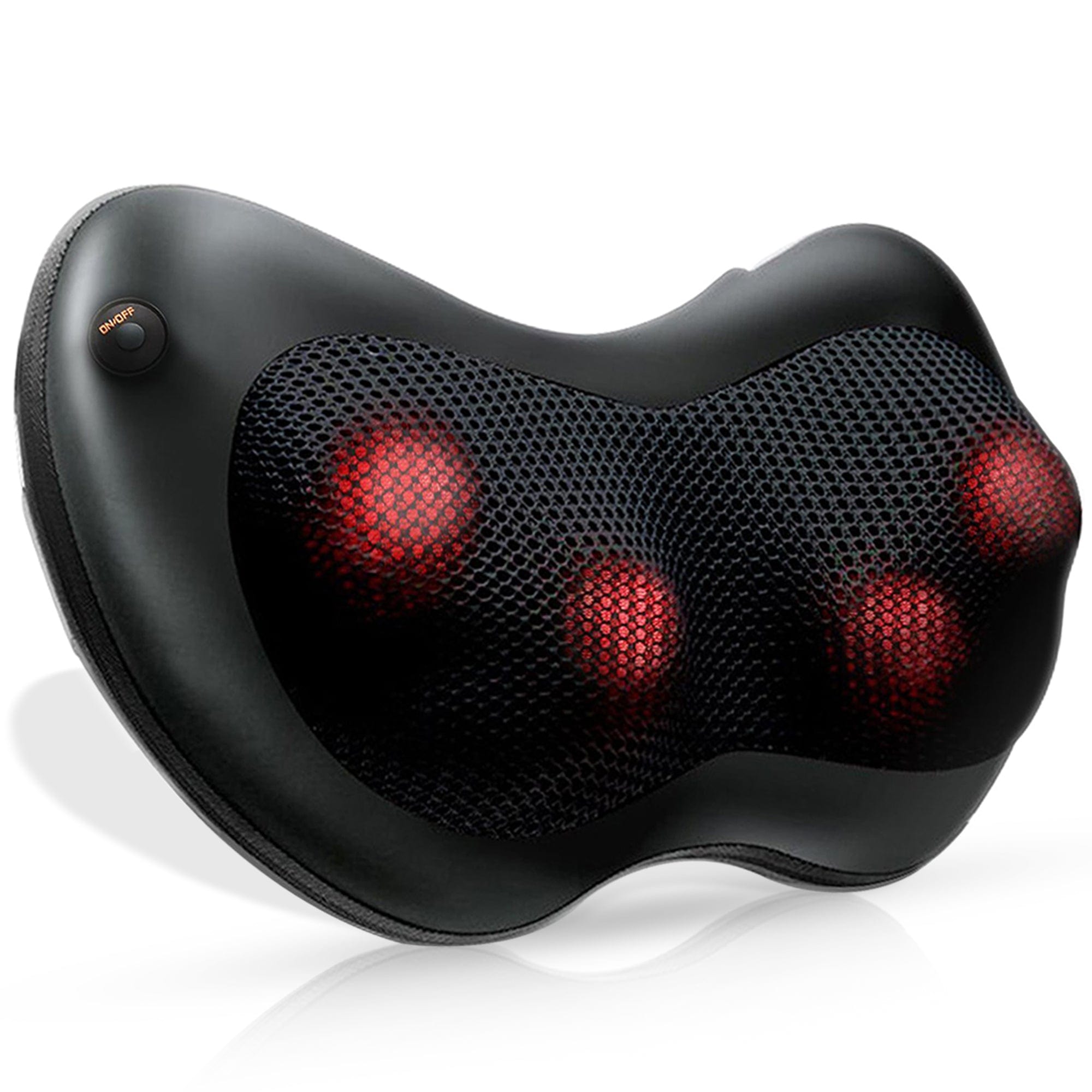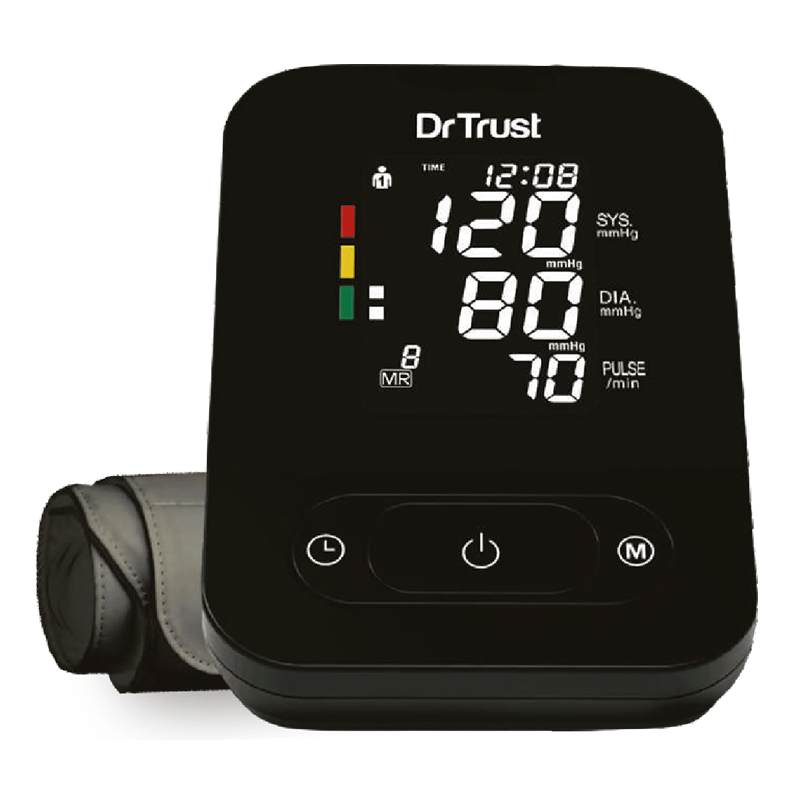The spring season typically occurs from the months of March to May and it is a time of renewal and joy, marked by cultural and agricultural celebrations. During this time, the weather is generally pleasant with moderate temperatures, cool breezes, and occasional light rains. Many crops such as wheat, barley, and fruits like mangoes and guavas are harvested during this season. The spring season is notorious for causing allergies due to the increased levels of pollen in the air. As the weather warms up and plants begin to bloom, pollen counts increase, triggering allergies in many people.
Spring Allergies Symptoms
Hay fever or allergic rhinitis occurs when pollen from trees, grasses, and weeds enters your nasal passages and triggers an allergic reaction. Exposure to pollen can trigger asthma symptoms such as wheezing, coughing, and shortness of breath. For some people, pollen can cause skin irritation and allergic reactions such as hives and eczema. Mainly, the first signs of spring allergies can vary depending on the individual and the type of allergy they have. However, some common symptoms include sneezing, runny or stuffy nose, itchy or watery eyes, coughing, sore throat, dry cough, headache, etc.

Spring Allergies Causes
These symptoms are typically caused by an allergic reaction to pollen from trees, grasses, and weeds. During this season, trees, flowers, and other plants release pollen as a part of their reproductive process, and when this pollen comes into contact with the mucous membranes in our nose and throat, it can trigger an allergic reaction. Grasses and weeds can also produce pollen that can cause allergies, but these tend to be more common in the summer and fall. It’s worth noting that allergies can also be caused by other environmental factors, such as dust, mold, and pet dander, so it's important to determine the specific cause of your allergies and look for an appropriate solution or treatment.
Is Everyone Allergic To Pollen Allergies?
Not necessarily everyone is susceptible to pollen. It's possible for adults to develop allergies to pollen and other triggers even into middle age, not everyone is affected. Seasonal allergic rhinitis, commonly known as hay fever, is an allergic reaction to pollen from trees, grasses, and weeds. However, it's noteworthy that the number of individuals suffering from hay fever is increasing worldwide.
Solutions To Reduce The Allergic Reactions
There are several treatments available to reduce the symptoms of spring allergic reactions, including:
Antihistamines:
These medications work by blocking the release of histamine, which is responsible for many of the symptoms of an allergic reaction, such as itching, swelling, and hives. It’s best to consult with a doctor to determine which medication is right for you.
Corticosteroids:
These medications work by reducing inflammation and swelling in the body. They can be taken orally or by injection, and are often used to treat severe allergic reactions.
Epinephrine (adrenaline):
This medication issued to treat severe allergic reactions, such as anaphylaxis. It works by opening up the airways and increasing blood pressure. Epinephrine is typically administered by injection.
Immunotherapy:
This involves gradually exposing a person to small amounts of an allergen over time in order to build up their immunity to it. This treatment can be effective for people with severe allergies to things like pollen, dust mites, or animal dander.
Nasal sprays:
These medications are used to treat allergic rhinitis, which is inflammation of the nasal passages caused by allergies. They work by reducing inflammation and swelling in the nasal passages.
Key Devices That Help Manage Allergies
Apart from these treatments, there are many health devices that can be helpful in easing the symptoms of allergy. They include nebulizers, humidifiers, air purifiers, nasal irrigation devices, and many others that can be set up easily to reduce the count of allergic irritants in the air. Many of them are portable or easy to set up indoors to create a pollutants-free atmosphere. These devices are particularly helpful for significantly reducing the number of allergens in the air. For Example; Humidifiers add moisture to the air, which can help to relieve dryness and irritation in the nasal passages and throat. Dry air can exacerbate allergy symptoms like congestion, sneezing, and sore throat, so using a humidifier can help to alleviate these symptoms. Similarly, air purifiers and vacuum cleaners remove allergens like pollen, dust mites, and pet dander from the air.
Nebulization & Steam Therapy Effective For Allergy Relief
Nebulizers and steamers can also help reduce seasonal allergy triggers. Nebulizers are commonly used to deliver medication such as corticosteroids or antihistamines directly to the lungs, which can help to reduce inflammation and relieve symptoms like coughing and wheezing. Steamers and humidifiers, on the other hand, can help reduce seasonal cold and cough. The steam inhalation is used widely to soothe and open up the airways and make breathing easier.
Look here for Dr Trust nebulizers, which are designed for safe use and effective results.
SOME IMPORTANT TIPS
Keep windows closed
Keeping windows closed can help reduce the amount of pollen that enters your home. If you need to open a window, do it early in the morning or late in the evening when pollen counts are low.
Wear a mask
If you need to spend time outdoors, wearing a mask can help reduce your exposure to pollen. Look for masks that are designed to filter out pollen particles.
Use air purifiers
Air purifiers can help remove pollen from the air inside your home.
Check pollen counts
Check the pollen count in your area and plan your activities accordingly. Avoid going outside during times when pollen counts are high.
Take a shower
Taking a shower after spending time outdoors can help remove pollen from your skin and hair.
Overall, managing spring allergies involves minimizing your exposure to allergens and taking medication as needed. However, it is important to note that while these devices can be effective in reducing the impact of spring allergies, they may not work for everyone. It is always best to buy these from a trustworthy brand like Dr Trust, Trusted by Doctors, Made for Everyone!














